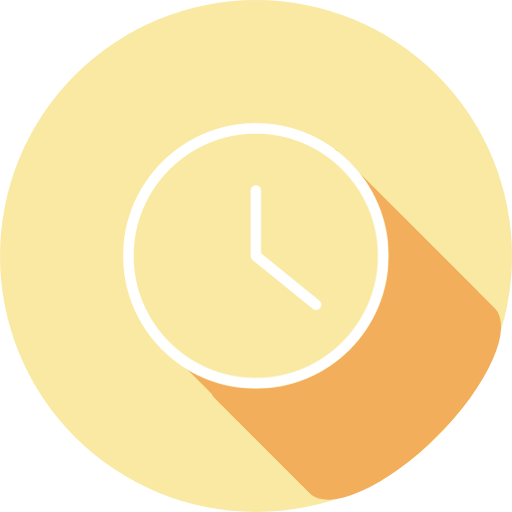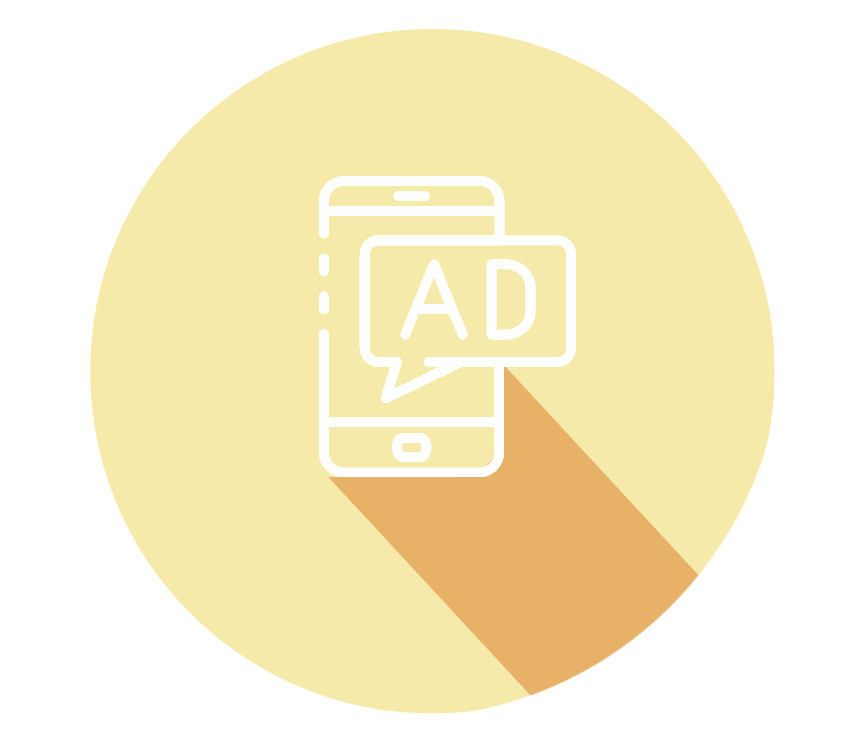Is it Better to Have Many Short Impressions, or a Few Long Ones – What Science Says about Advertising Length and Frequency
Relevant topics Archive, Advertising
There’s a heated debate among advertisers about the role of attention in ad effectiveness. More specifically, the interplay between duration and frequency causes quite the controversy.
On the one hand, there’s the faith of ‘Total Time Hypothesis’. Its proponents argue that advertising effectiveness grows linearly with the amount of time devoted to that ad. So the more precious seconds of viewer attention, the better. This resembles the classical view of ad effectiveness, and it favors duration over frequency.
Nowadays, scholars are adopting the position that attention is only required up to the point where the advertised brand and product are identified, after which additional attention does not offer additional returns for the brand. This more novel view of advertising effectiveness favors frequency over duration. In other words: it would be better to encounter the brand often (albeit for brief moments) instead of sacrificing media frequency to capture longer windows of attention.
Who’s right? A recent study by Elsen, Pieters & Wedel (2025) is one of the first studies that experimentally investigated this question.
How Many Seconds Does an Ad Need? The Identification Threshold
The researchers tested a wide variety of ads across diverse durations, product categories and creative styles. They varied the length of each ad and measured how much time was required for the ad to succeed in:
- Product transfer. Does the viewer recognize the product and brand?
- Does the viewer like the ad?
The graphs below outline the results, showing how product transfer and ad evaluation grow along with increasing amounts of attention. It’s especially interesting to note if, and when, each graph starts flatlining. Because this point indicates the threshold of identification.

It turns out: attention is important, but only up to a certain amount, as stated by adherents of the identification threshold hypothesis. For the typical ad, this optimum is reached around 10 seconds. Every second after that point does not further help recognition and it actually make the ad less appealing. For advertisers who find this latter finding surprising: note that one’s primary objective is rarely to watch advertising. Long ads may overstay their welcome.
When interpreting these findings in a harsh light, one could state that each additional dollar spent after the 10 second mark only pays dividends for the advertiser’s ego than for meaningful outcomes. But, as is often the case, there’s some nuance involved.
The exception: atypical ads
Generally, typical ads that follow brand and category conventions reach all their benefits around 10 seconds. However, this did not apply to all ads.
Because a specific sub-selection of the ads that were tested did in fact benefit from longer exposure times. These were the ads that dared to stray away from the beaten path and adopt a more atypical approach. By atypical, we mean creative narratively driven ads, surprise ads and ads that did the exact opposite of with the majority of their competitors did. For these types of ads, reaching the optimum threshold of attention took a bit more time.
The brands and products that were embedded in atypical ads were better recognized with each passing second, all the way up to the 70 sec maximum. The top graph shows why this is the case: atypical ads carry a significant disadvantage in recognizability. People had a much harder time to recognize what’s behind atypical ads to begin with.
As for liking, the optimum for atypical ads lies between 20 and 30 seconds, which is three times as much as for typical ads.
Practical take-aways for advertising execution and media buying
The findings about the interplay of length and frequency on advertising effectiveness offer clear practical take-aways with regard to creative execution and media buying:
- Media strategies should prioritize brief and frequent ad exposures (instead of long and infrequent)
- If your ad follows conventions, 10 sec is probably enough to do the job
- If your ad follows a very novel approach, the optimum length would be between 20 and 30 seconds
- When advertising in a low attention context (banners, socials, etc) it’s best to follow typical brand and category conventions (otherwise, this will seriously hurt recognition and liking)
Further Reading
-
The best ways to apply scarcity appeals in advertising
“Majority of stock sold!”, “Nearly sold out!” Are you getting nervous by seeing these kind of phrases in advertisements? Do you have the feeling that you have to buy this product? Personally, when I need a product and see this kind of advertisements I want to buy the product immediately. I don't want to run the risk missing out on this fantastic offer. As a marketer I know a lot about the influencing power of advertisements, but why do I still fall for these scarcity appeals?
-
The Body Knows: Using Neuroscience and AI To Predict Advertising Success
Go back to the last video ad that caught your eye. Was it the creative that stopped you from scrolling? Was it the message? Or perhaps it was the way it made you feel? While you might know why you liked it, your brain and body were telling a different story through subtle signals you weren't even aware of - small expressions on your face and tiny changes in your skin's sweat response.


